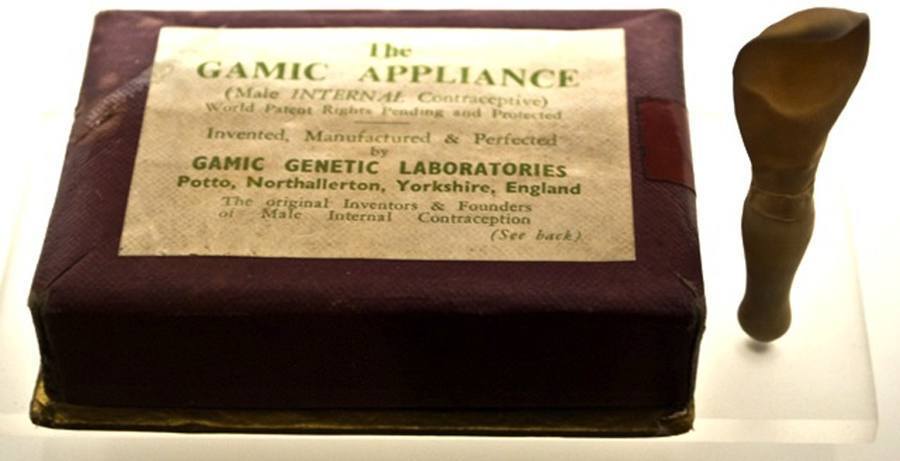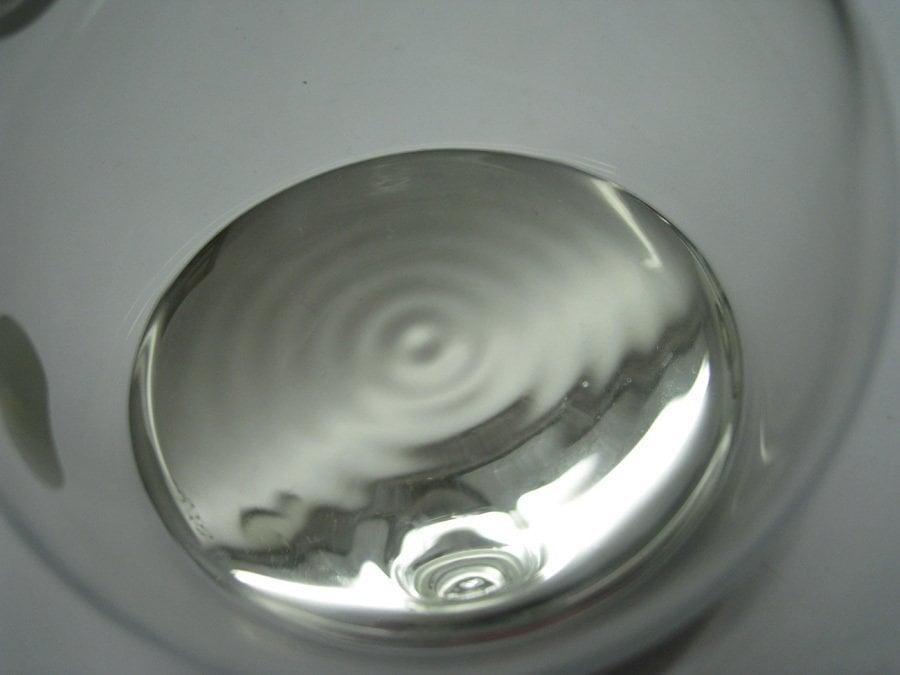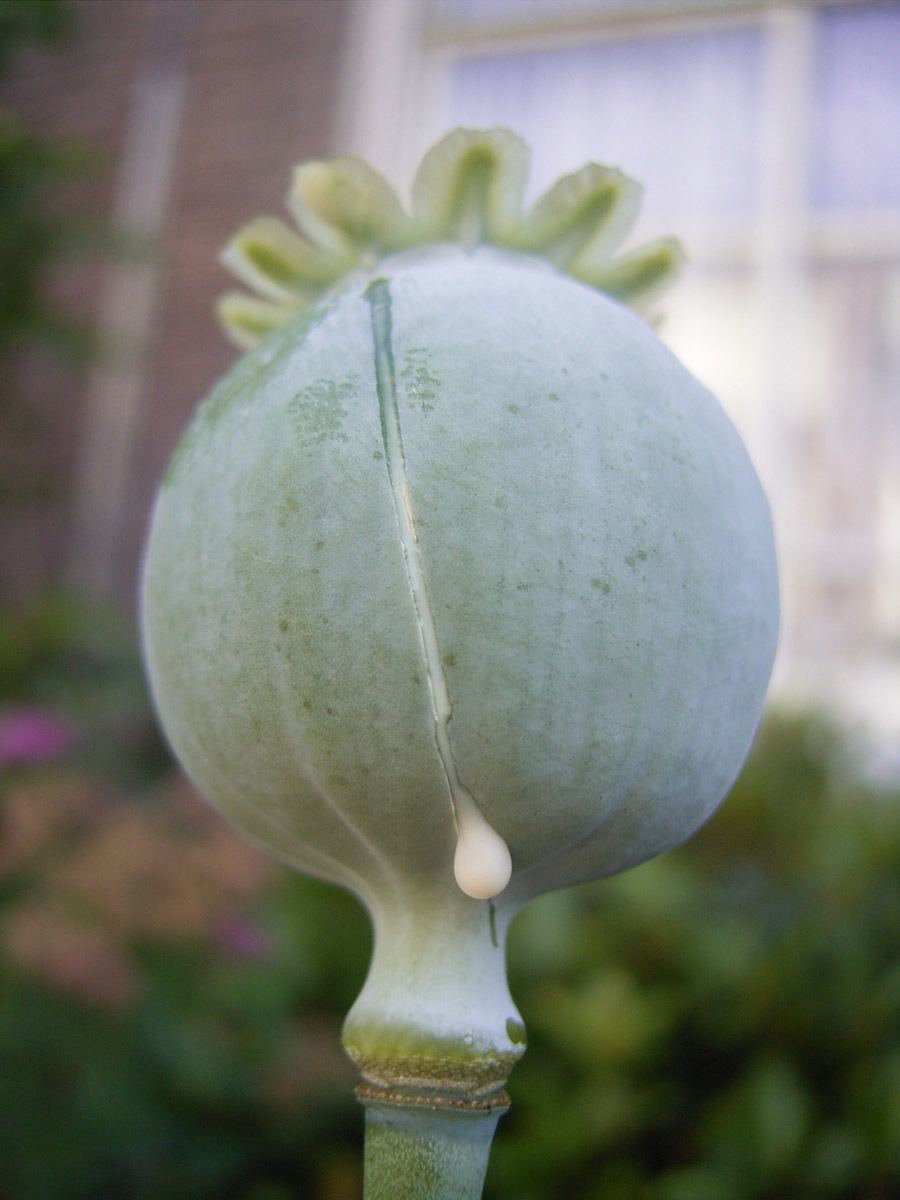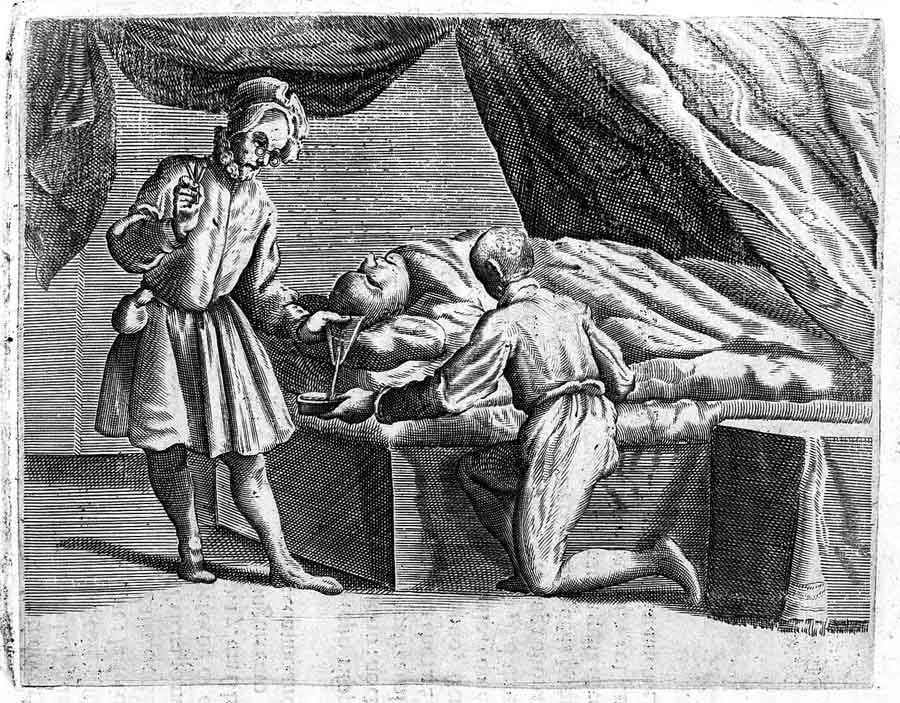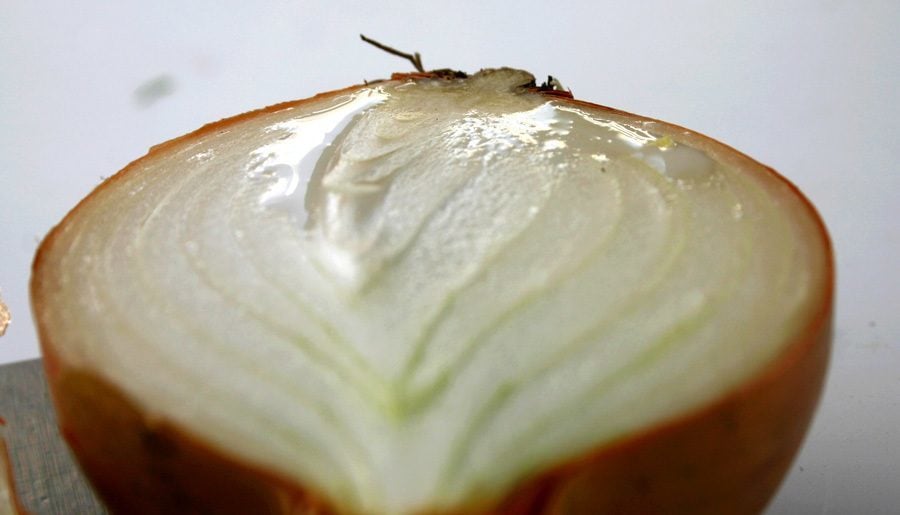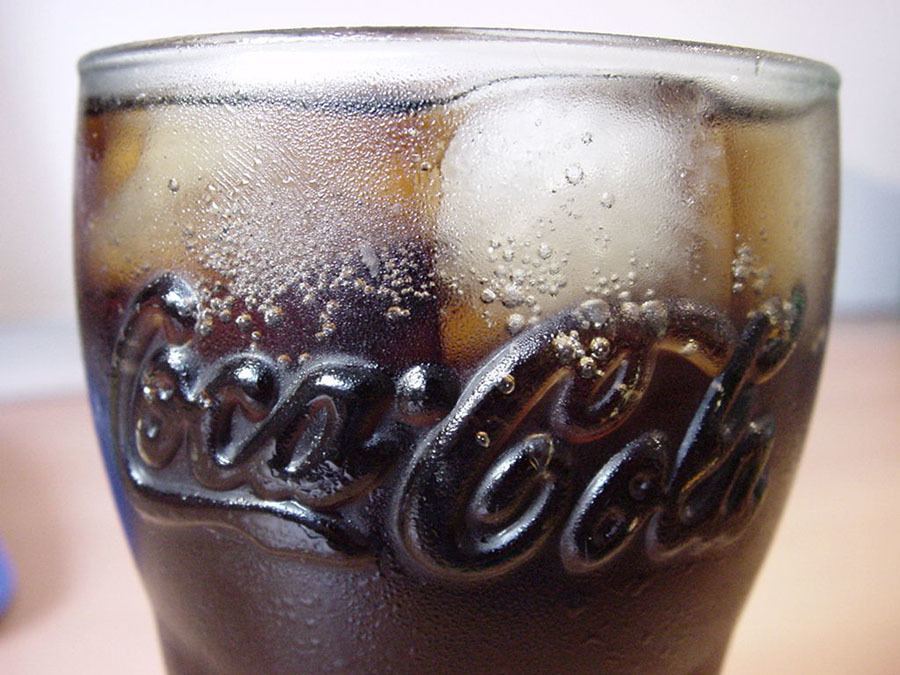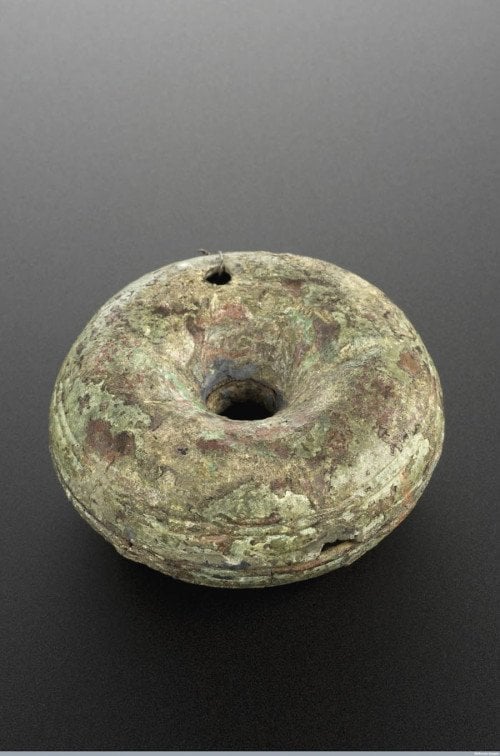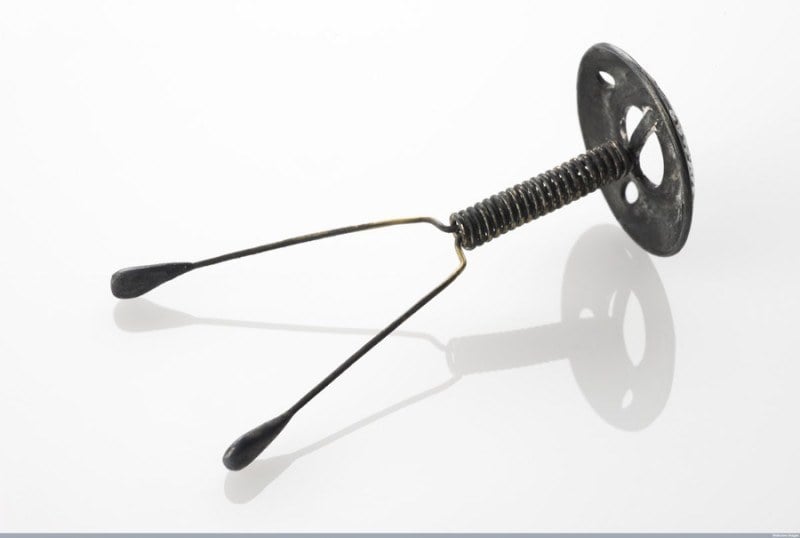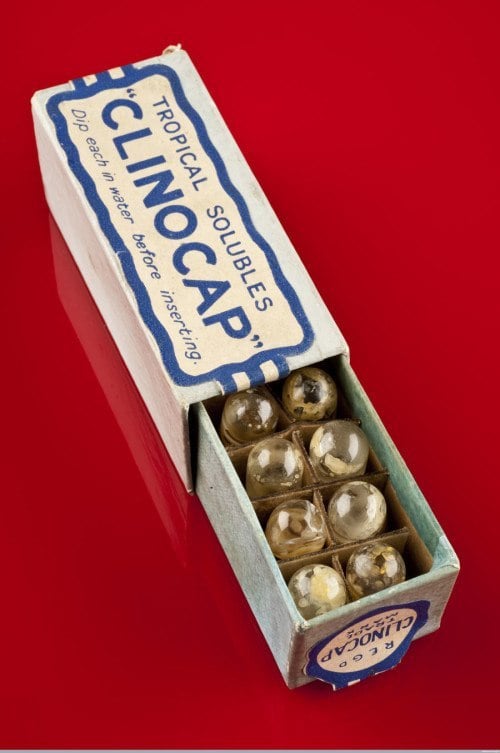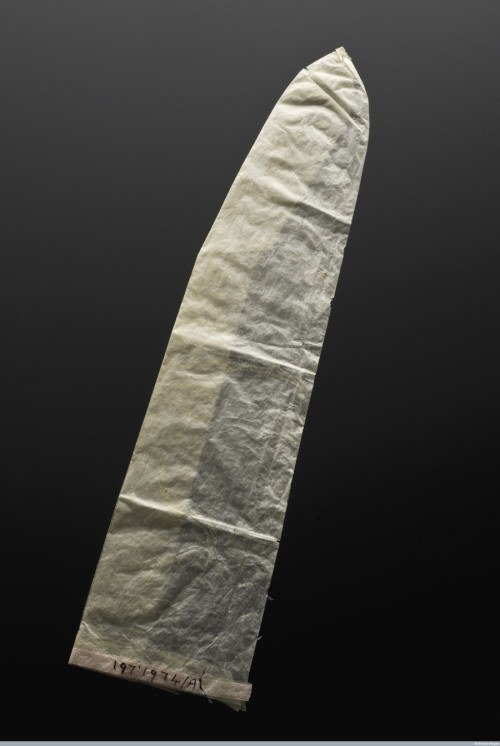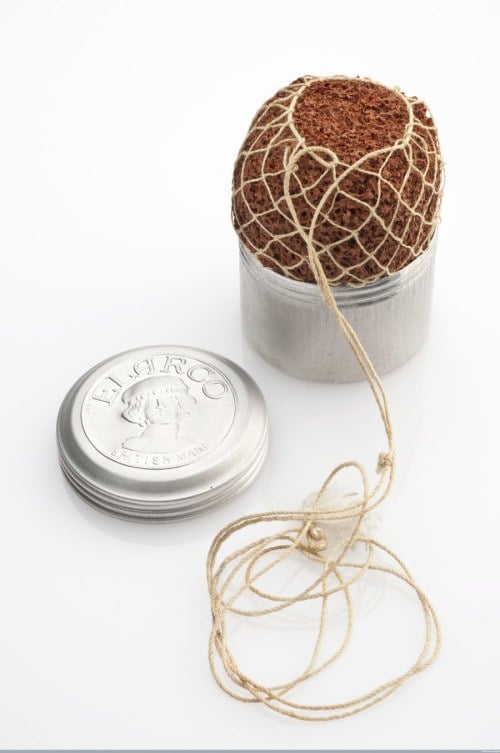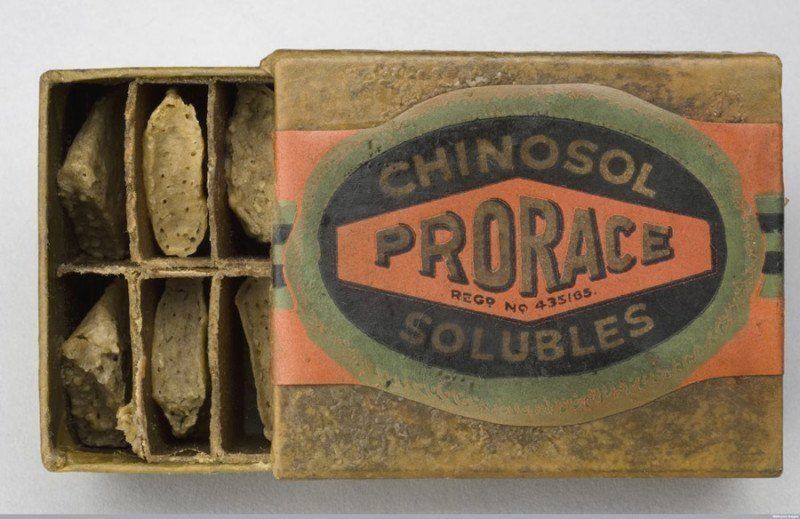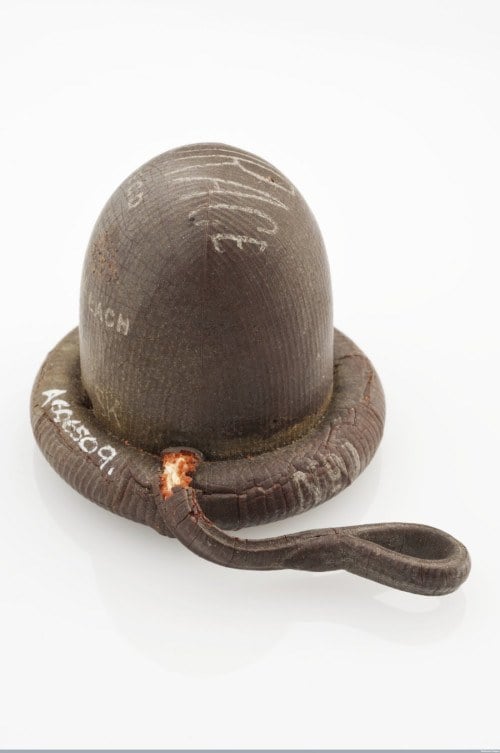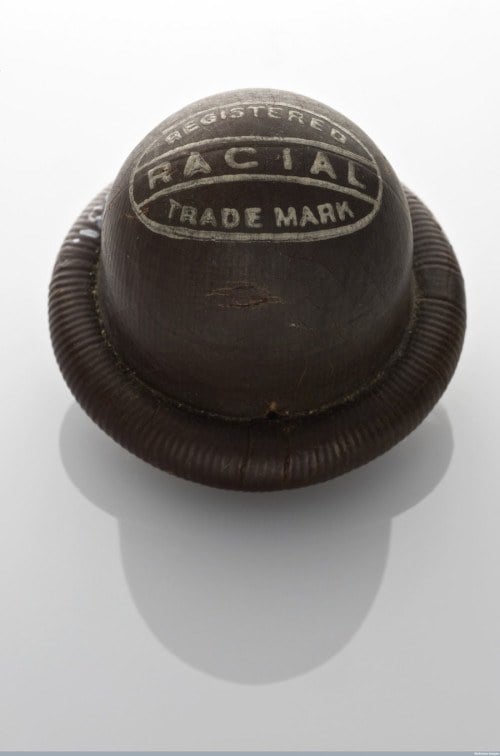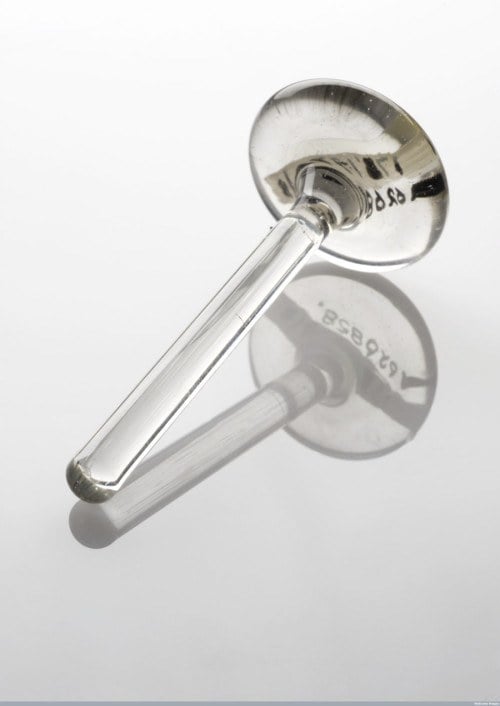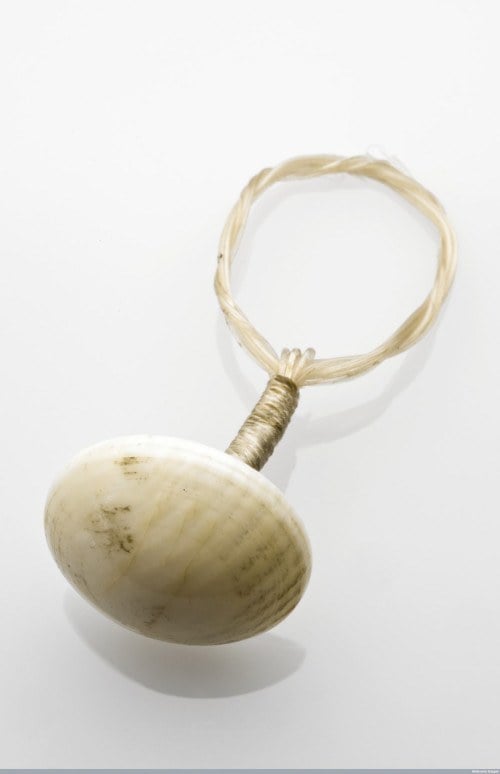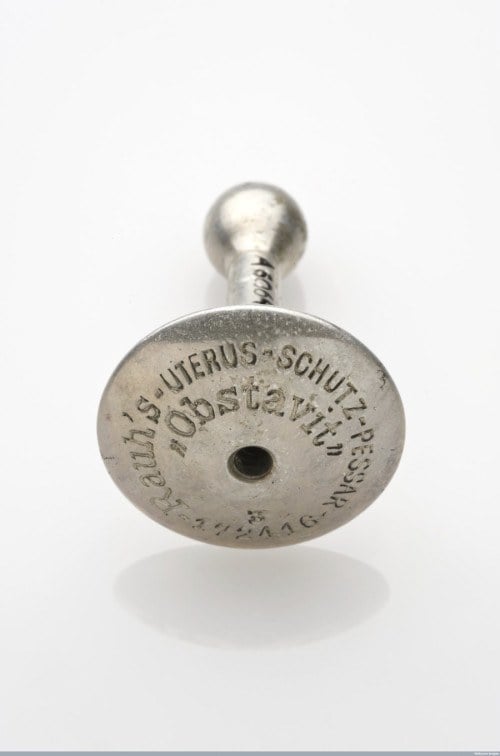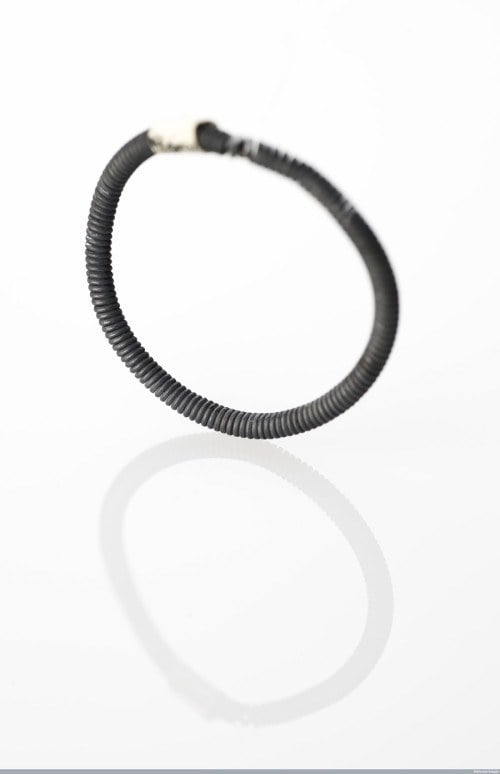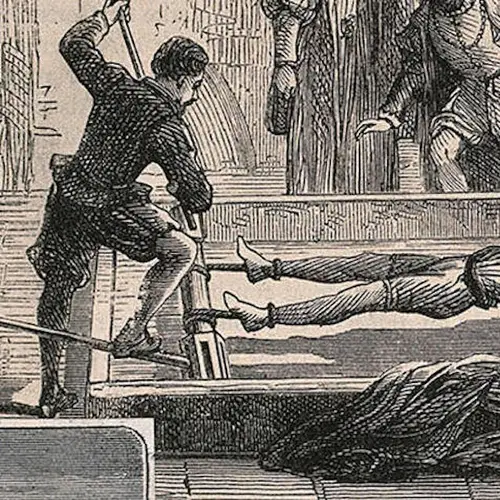1 of 30
What do weasels, beavers and cats have in common? All of their testicles have, at some point, been used as a form of contraception. During the Dark Ages, European women would sport the testicles as an amulet--or in the case of beaver testicles, mix them with grain alcohol and ingest them. Yum. Source: Wikipedia 2 of 30
For men who didn't want to wear a condom during intercourse, the Gamic appliance was their go-to guy. Existing from 1965 to 1974, the appliance was essentially a urethra plug. Ejaculated semen was supposed to be caught in the sheath, but since the device often found its way into the vagina, this didn't really end up working out. Nevertheless, Gamic claimed that their plug would uphold something more valuable, being "the permanence and prestige of marriage." Source: MUVS 3 of 30
Aristotle recommended that women insert olive oil or cedar oil into their vaginas to prevent pregnancy. Source: Wikimedia 4 of 30
In ancient China, women would down a shot of mercury after sex. Sure, it prevented pregnancies--but it was also great at causing brain damage, kidney failure and sterility. Source: Wikipedia 5 of 30
You might want to walk like an Egyptian, but you probably shouldn't practice safe sex like the early ones. Ancient Egyptians would use pessaries made of crocodile dung and honey to keep kids out of a couple's future.
6 of 30
Lemons have long been part of the contraception canon. Back in the days of Talmud, women would squeeze lemon juice onto a sponge and then insert the sponge in their vagina. Given its acidity, women thought that the juice would serve as a spermicide.
Centuries later, legendary seducer Cassanova was thought to have inserted the lemon rinds into his lovers to act as a cervical cap. Source: Wikipedia 7 of 30
Everything is better with opium--even the diaphragms of ancient Sumatra, which were constructed from the stuff. Source: Wikipedia 8 of 30
It was once thought that semen was actually just blood turned white from the heat. French physician Jacques Ferrand recommended bloodletting in his famous 1610 treatise on lovesickness. Source: Wikimedia See page for author [CC BY 4.0], via Wikimedia Commons 9 of 30
In Ancient Greece, women believed that if they held their breath during the deed and sneezed after, they would expel seminary fluid and not become pregnant. Source: Wikipedia 11 of 30
In Feudal Japan, condoms were often made from tortoise shell or horn. Source: Wikipedia 12 of 30
In Ancient Africa, women were told to drink the froth from a camel's mouth in order to prevent pregnancy. Source: Flickr https://creativecommons.org/licenses/by-nd/2.0/ 14 of 30
Back to poo-pessaries. Elephant dung pessaries were a favorite in 11th-century Persia. Source: Wikimedia 15 of 30
Condoms made from goat bladders were worn by both men and women in Imperial Rome. Source: Wikimedia 16 of 30
Another odd Ancient Egyptian birth control method: applying onion juice to the penis before sex. Source: Wikimedia 17 of 30
In the 1950s, people thought that the combination of carbonation and sugar in coke would make for an ideal post-sex douche. Source: Wikipedia 18 of 30
200 BCE-400 CE, bronze pessary. While pessaries are used in modern medicine to treat a uterus prolapse or provide support to the pelvic floor, when this guy was used, it was meant to block the cervix. The gap allows a rod to be placed through the pessary into the cervix to hold the device in place. While it could remain in place during intercourse, such intercourse would be...painful.
Source: Science Museum London.
19 of 30
c. 1880, Wishbone Stem. This type of gold wishbone stem pessary is an intra-cervical device (IUC). The flat end of the stem pessary sat against the vaginal wall with a stem protruding into the uterus through the cervix. Not preventing conception, the IUC stops a newly fertilized embryo from implanting and growing in the lining of the uterus. These tools came into use as a contraceptive toward the end of the 1800s.
Source: Science Museum London.
20 of 30
c. 1925, Soluble Spermicides. These contraceptive pessaries could be dangerous--often the spermicide used was quite harsh, leading to irritation and pain. In any case, they were supplied by the Mother’s Clinic and endorsed by Dr. Marie Stopes. Stopes founded the first of her birth control clinics in Holloway, North London in 192
Source: Science Museum London.
21 of 30
c. 1910s, condom. This condom is made of animal gut membrane, known as caecal. Caecal condoms were effective against pregnancy because animal membrane is porous to viruses. The condoms did not, however, reliably protect against sexually transmitted infections.
Source: Science Museum London.
22 of 30
c. 1910s, Contraceptive Sponge. Sponges were widely used as contraception in the early 1900s. This contraceptive sponge is made of rubber, and such sponges-- essentially a cervical blockage--were promoted by the Society for Constructive Birth Control. Source: Science Museum London.
23 of 30
c. 1920s, The "Prorace" brand of contraceptives was developed by Dr. Marie Stopes and distributed by the Mother's Clinic. These contraceptive pessaries contained spermicides and were used alone or with other contraceptives, such as the cap or diaphragm. The trademarked "Prorace" related to Stopes' belief in eugenics, and a widely held theory in the early 1900s which argued selective breeding could remove "undesirables" from society.
Source: Science Museum London.
24 of 30
c. 1920s, Prorace brand cervical cap. Source: Science Museum London.
25 of 30
c. 1920, Rubber vault cap. Contraceptive caps are also called cervical, vault, or diaphragm caps. These guys sit over the cervix and act as a barrier to sperm entering the uterus. This "Racial" brand of cervical cap was modified by Dr. Marie Stopes. Source: Science Museum London.
26 of 30
c. 1920, Stem pessary. Stem pessaries were intrauterine devices (IUDs). They consisted of a rubber, metal or glass stem attached to a cup or button in order to hold the stem upright and prevent it from becoming lost in the uterus. This example is made of glass. That's right--glass in your vagina. Smaller plastic or copper IUDs are still used today.
Source: Science Museum London.
27 of 30
c. 1925, Bone Stem. Stem pessaries were a common gynecological treatment in the late 1800s and early 1900s. They were also used as a contraceptive. This early intrauterine stem pessary consists of catgut loop and bone.
Source: Science Museum London.
28 of 30
Late 1920s, Aluminum Stem. This aluminum stem pessary was made by German company Rauch.
Source: Science Museum London
29 of 30
c. 1920s, Intrauterine Ring. German gynecologist Ernst Grafenberg devised this intrauterine device (IUD), which became widely popular. Early examples were made of silkworm gut and silver wire.
Source: Science Museum London
30 of 30
Like this gallery?
Share it:

